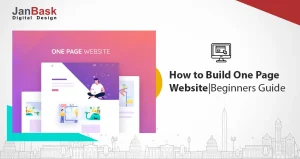
Organic traffic: the white whale of the digital marketing world. You’ve heard the legends, seen the success stories, and now you’re thinking, ‘How do I get a piece of that action without selling my soul to the algorithm gods?’
Organic traffic is the cornerstone of a thriving online presence—the kind of steady, high-quality stream of visitors that doesn’t just boost your metrics but transforms your website into a destination. It’s the difference between shouting into the void and engaging in meaningful conversations with your audience. But let’s be clear: increasing organic traffic isn’t about luck or shortcuts. It’s about strategy, creativity, and a deep understanding of what your audience wants—and how to deliver it in a way that search engines love.
We’re rolling up our sleeves and diving into the alchemy of organic traffic—a step-by-step journey from keyword whisperer to content maestro, from SEO sorcerer to data detective. We’ll crack the code on keyword research, not just finding terms but uncovering the questions your audience is asking. Dive in!
So, you’ve built your website and are ready to make an impact, but you’re wondering how to increase traffic to your website. It's a great question, and the truth is that increasing website traffic doesn’t have to be complicated. Whether you want to increase organic traffic or seek paid strategies, the path to getting website traffic is the same. Let’s dive into some strategies that will help you drive traffic to your website and make it shine.
Imagine you’ve built a beautiful house, but it's tucked away in a remote area. How will you find it? This is where SEO comes into play. SEO is like building a road leading directly to your doorstep, ensuring people can easily find you. Without SEO optimization, even the most beautifully crafted website could go unnoticed, just like a hidden house without a road or a House built in a jungle that exists but is not locatable. Let’s look closer at how to increase organic traffic by optimizing your website for SEO.
An SEO site audit is your roadmap to organic traffic glory. It’s not just about fixing broken links or sprinkling keywords like fairy dust. It’s a comprehensive checkup that examines everything from your site’s technical backbone to its content strategy and user experience. Think of it as a full-body scan for your website—except instead of detecting ailments, it reveals opportunities to outshine your competitors.
If Google can’t find your site, neither can anyone else. This is why you must know how to get traffic on site by enabling Google to crawl and index your site. Use Google Search Console to ensure all pages are indexed. You can do a Google Web Search for "site:mywebsite.com" to see which pages on your site are in the Google index. You can submit an indexing request to Google Search Console to request indexing of an unindexed page on your website.

Duplicate content is defined as content that is appreciably similar across multiple URLs of the same or different domains, which can slow down Google’s crawling efficiency. While there are no outright penalties for duplicate content detected on your site, mainly because Google understands that duplicacy can be accidental, there’s still a slight chance that redundancy and lack of originality can cost your content marketing efforts. You wouldn’t want your industry-redefining content to be sidelined by what you created when you got lazy, would you?
How can you check your site for content duplicacy? Here are some tips:

<link rel="canonical" href="{URL}" /> which looks something like this:


Today, if you want to march past competitors offering similar products and services to yours, you’ll have to do more than the “bare minimum.” Things may have been going well for you before Google started aggressively rolling out its core algorithm updates, which impact website health, content ranking parameters, and other SEO factors. So, what should you do to remain ahead of the curve? Simple. Tighten the screws of the following parameters during a website maintenance audit:

If you want an objective analysis of your current SEO efforts in real time, there’s no better tool than Google Search Console. What’s better? It’s absolutely free! Whether detecting broken links, fixing 404s, improving rankings, and other technical SEO tweaks, Search Console can help with this and much more.
Picture this: Keywords are like the secret code that lets your audience find you. Before you dive into the deep end of SEO, you need to know exactly what your audience is typing into Google. Keyword research helps you determine your potential visitors' words and phrases when searching for content like yours. Once you've researched these keywords, it’s time to sprinkle them through your unique and engaging content, titles, and meta descriptions. The result? More eyes on your site and more website traffic in no time.
Now that you've got your keywords, let's ensure your website is set up to shine. On-page SEO is like a website's blueprint; every little detail makes a difference.
Here's how to get those details just right for your website and boost the organic traffic:

So, what should you do to ensure your content appears in Google’s AI Overview? For now, following core SEO best practices is sufficient while Google’s LLMs determine through their inherent training whether your content is worthy of featuring in the AI section. However, that’s not to say that you should completely abandon your efforts and do things the old way. Conversely, your competitors have already begun peering into the list of top-ranking keywords in AI search and even come up with ingenious tools to deduce patterns, such as Semrush AI Overview SEO analyzer.

If on-page SEO is all about getting your site ready for visitors, off-page SEO is about building credibility. Backlinks are like getting a glowing recommendation from a friend. The more trustworthy and relevant sites link to your content, the more organic traffic you’ll get. Google sees backlinks as votes of confidence for your website. So, how do you get them? Create great content people want to share, and don’t hesitate to reach out for guest post opportunities or collaborations with other sites.
Now that you’ve worked, it’s time to check your progress! Google Analytics is like your SEO dashboard. It shows you where your traffic is coming from, which pages are hitting it out of the park, and where there’s room to improve. It’s like having a map to help guide you on your journey. The more you analyze your data, the better you can adjust and optimize your strategies for even more website traffic.
If you’re seeing traffic but not much engagement, it’s time to revisit your website engagement plan. Getting people to visit is just the first step. The magic happens when visitors stick around, interact with your content, and return for more. Ready to turn casual visitors into loyal fans? Let’s dive into increasing website engagement and making every visit count.
Are your CTAs guiding visitors to take action? Instead of a generic "click here," be more specific and engaging. Encourage visitors to leave comments, subscribe to your newsletter, or check out more content. A powerful CTA can turn a passive visitor into an active one. So, ask yourself: Are you inviting your audience to engage in the most impactful way?
A smooth user experience is key to keeping visitors on your site longer. If they struggle to find what they need, they’ll leave quickly. Revisit your website’s layout and make sure everything is easy to find. A clean, organized design encourages people to explore more; the longer they stay, the more engaged they become. Simple adjustments like faster load times and mobile optimization can make all the difference.
Interactive content is a great way to boost visitor interaction. Adding quizzes, polls, or calculators can make your website more engaging and fun. People love to be part of something interactive—it keeps them on your site longer and encourages repeat visits. The more they participate, the more engaged they’ll become with your content and your brand.
When your website feels like it was made just for visitors, they’ll be more likely to engage. Personalization tools can help you recommend content based on what your audience has shown interest in. You can also customize your website based on their location or browsing history. Personalization is all about creating an experience that speaks directly to them and is a huge driver of engagement.
Creating a community around your content is the best way to keep visitors coming back. Encourage visitors to comment on posts, share their opinions, and join discussions. The more involved they feel, the more likely they are to engage. If you can create a space where people feel welcomed and heard, you’ll turn casual visitors into loyal followers who keep coming back.
Email marketing is one of the most effective ways to increase website traffic if you follow the best practices. Start by preparing a targeted email list of subscribers or visitors who are interested in your website's content. Segmenting your list ensures you send relevant emails to the right list. Email Marketing increases the chances of driving traffic to your website. Craft engaging subject lines to grab attention and make readers click your website link or landing page. Once your email is open, ensure you have written valuable content with a clear call to action (CTA) directing readers to your website. Promote new blog posts or resources through email marketing to keep your audience engaged and encourage them to revisit your site. Tracked your email campaigns and performed A/B testing to see which strategies worked best to increase website traffic and adjust accordingly.
Choosing the correct email fonts significantly impacts readability, brand perception, and engagement. Fonts convey professional, playful, or formal tone and help create a cohesive brand identity. Readable, web-safe fonts like Arial or Verdana ensure clarity across devices.
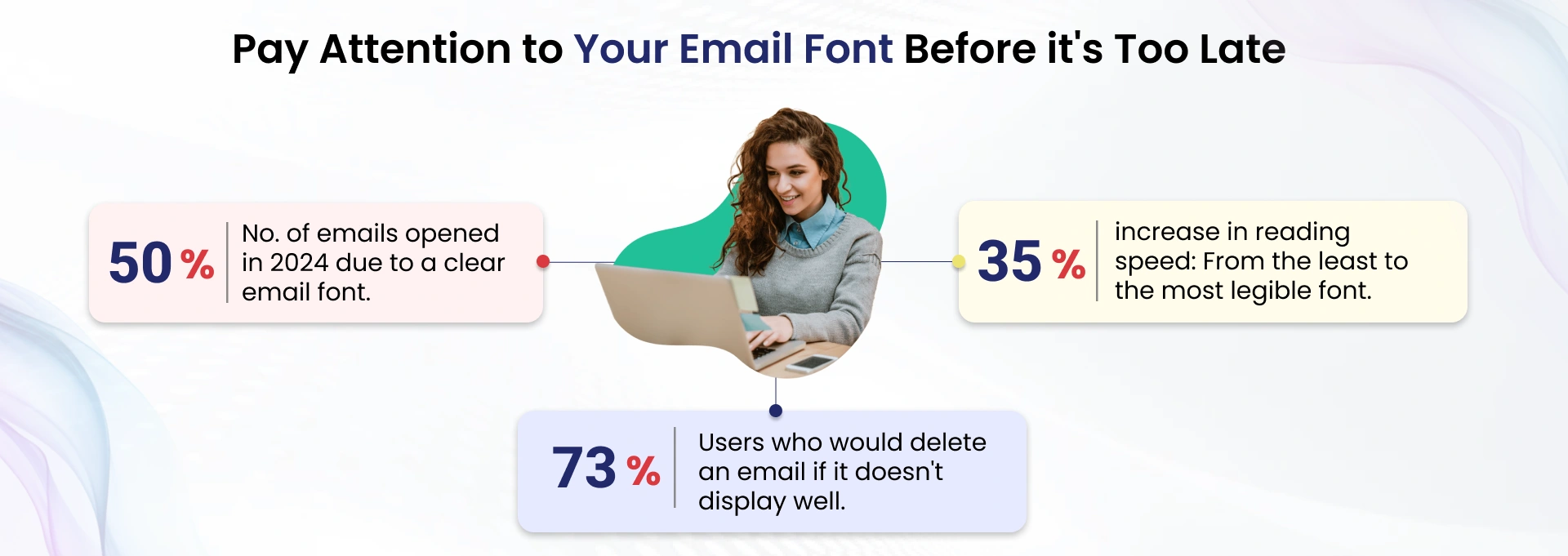
In short, the right font isn’t just aesthetic—it’s a strategic tool for driving response and engagement.
The Unintentional Humor of Spam Emails – And What They Teach Us About Real Email Marketing
Let’s face it—spam emails are the internet’s version of a bad comedy show. From a Nigerian prince offering you $10 million to an urgent message from “PayPall” asking you to “veriffy ur akount,” spam emails are unintentionally hilarious. But behind the typos, neon colors, and excessive use of Comic Sans lies a marketing lesson goldmine.
These digital disasters remind us what not to do: unclear messaging, shady subject lines, and fonts that scream "I was made in 1997." Real email marketing thrives on trust, clarity, and actual grammar. Ironically, people do open spam just to laugh. What if your legit email was just as clickable… minus the sketchy links?
Use this humor wisely. Add personality. Be human. And please, no “URGENT!!!” in the subject line—unless you're emailing a cat stuck in a printer (which we’d definitely open). For more things you shouldn’t do with your email marketing plan, here are some tips:
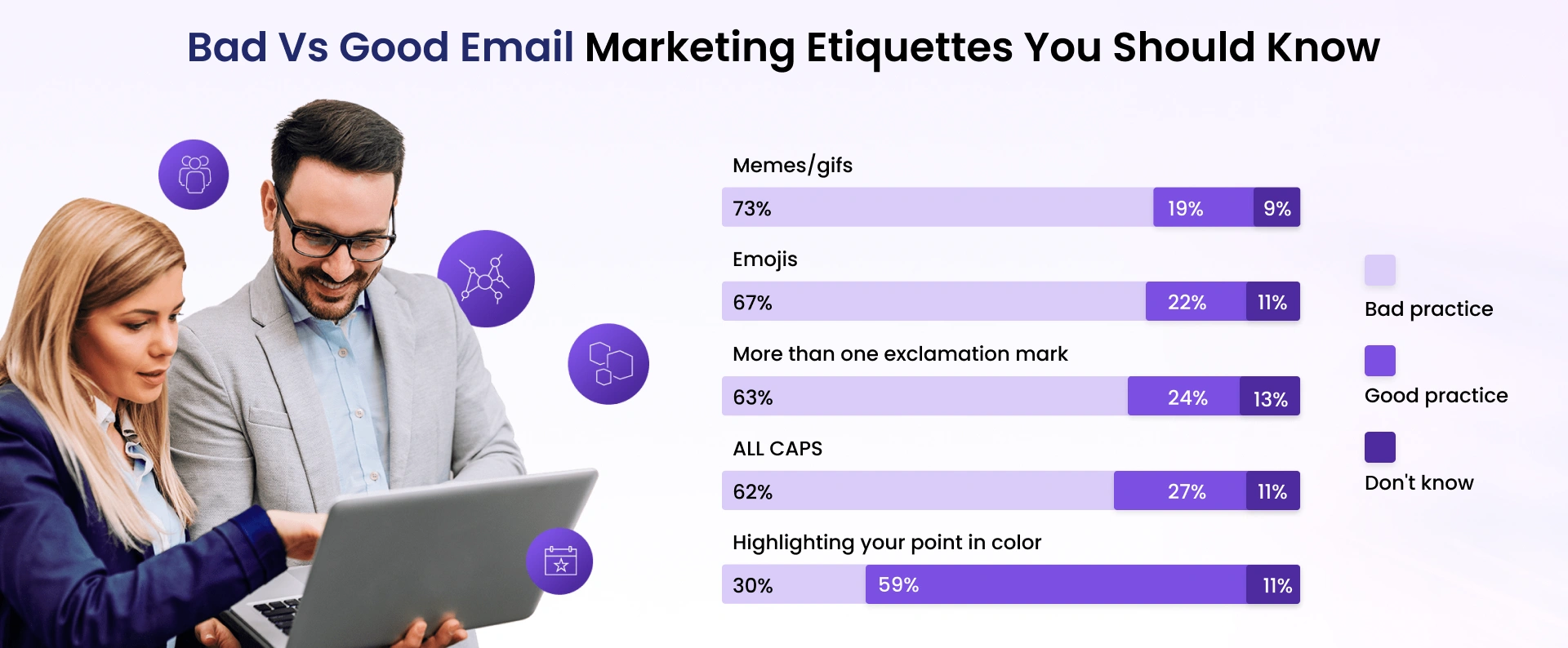
Moral of the inbox: Learn from spam—just don’t be spam.
Engaging content is the backbone of website traffic; your content keeps visitors hooked, encourages them to share, and signals search engines that your site is valuable. High-quality, relevant content answers your audience’s questions, helps you build trust, and improves SEO, making it easier for potential customers to find you on Google. Whether it’s blog posts, case studies, or helpful guides, content that educates and engages turns casual visitors into loyal customers. So, ensure all the content you write for your website is well-written and unique.
Let’s be honest—no one’s lining up to read a wall of text anymore. Attention spans are officially shorter than a TikTok clip, and your website visitors? They’re skimmers, scanners, and serial tab-openers. That’s where short-form video swoops in like a caffeinated superhero. These bite-sized videos pack a punch, whether it’s a snappy product demo, a 20-second testimonial, or a cheeky behind-the-scenes clip. Plus, stats don’t lie—89% of people say a video convinced them to buy something (Wyzowl, 2024). So, if a picture’s worth a thousand words, a short video might be worth a thousand conversions.

Evergreen content is like the slow cooker of your marketing kitchen—set it, forget it, and it keeps delivering long after the buzzwords fade. The magic? It brings in traffic forever (well, almost).

That’s not content—it’s a compounding asset with a good ROI wardrobe.
How to Create Evergreen Content (Without Boring Anyone to Sleep):
1. Pick Topics That Age Like Fine Wine: FAQs, tutorials, and problem-solvers. For e.g., “Top Trends of 2022.”
2. Write Like a Human (Not a Textbook): Be helpful, be clear, and hey—throw in a dad joke or two if that’s your brand.
3. Update It (Occasionally): Evergreen doesn’t mean set in stone. Refresh stats and examples to keep it relevant.
4. Add SEO Juice: Use keywords that people search—tools like SEMrush or Ahrefs are your best buds.
5. Repurpose Like a Pro: Turn a blog into a video, infographic, social post, or interpretive dance. (Okay, maybe not that last one... unless you’re into it.)
Evergreen content = low maintenance, high return. And let’s be real—anything that brings value while you sleep is worth investing in.
You know that blog post from 2019 that still says “coming in 2020”? Yeah… It’s haunting your SEO like a ghost in skinny jeans. Outdated content confuses your audience and tanks your credibility and search rankings. Google loves fresh, relevant content—in fact, HubSpot found that updating old posts increased traffic by 106%! So no, you don’t need more content—smarter, fresher, better-dressed content.
Refresh Outdated Content (Because Even Great Content Ages Like Milk Sometimes)
You know that blog post from 2019 that still says “coming in 2020”? Yeah… it’s haunting your SEO like a ghost in skinny jeans. Outdated content confuses your audience and tanks your credibility and search rankings. Google loves fresh, relevant content, as evidenced by Semrush's recent survey.
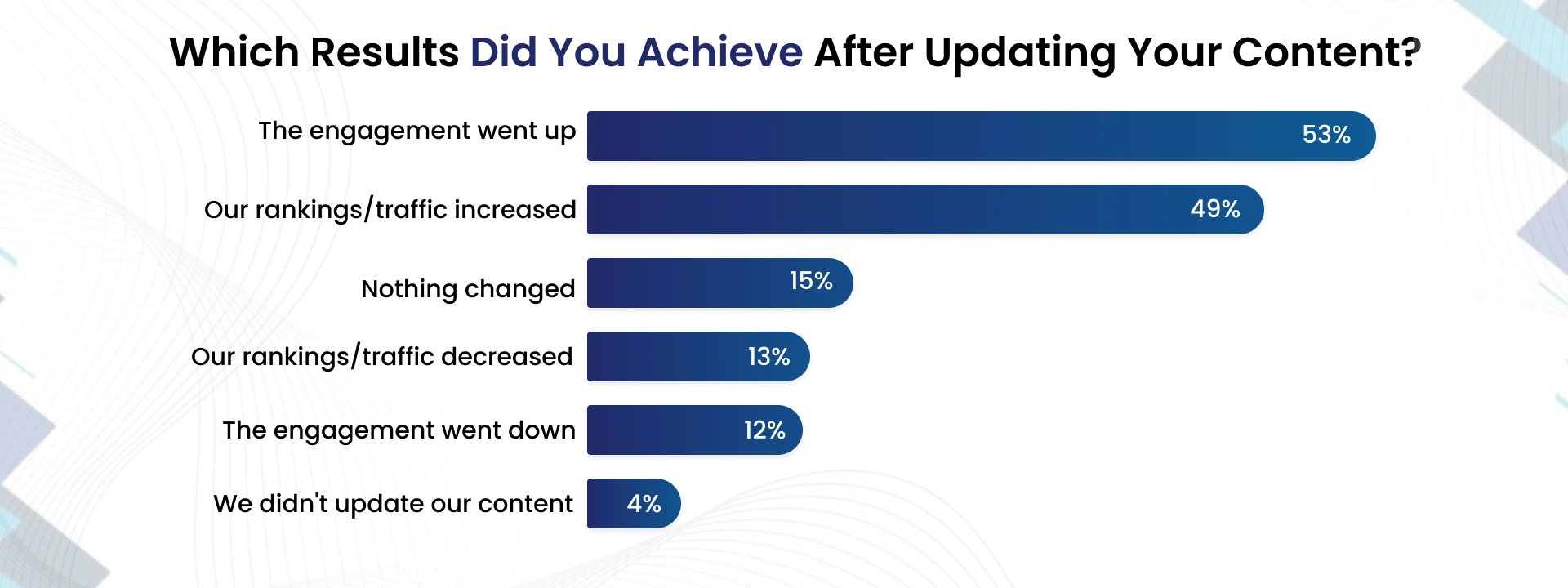
How to Refresh Content Without Losing Your Mind (or Your Ranking):
1. Audit Like a Detective: Use tools like Google Analytics or Screaming Frog to sniff out underperforming or dusty posts.
2. Update Stats, Dates & Facts: 2021 called—it wants its data back. Keep things current so your readers (and Google) stay impressed.
3. Add New Value: Can you embed a video? Add FAQs? Turn that one-sentence tip into a step-by-step masterpiece? Yes, you can.
4. Optimize SEO (Again): Trends shift, keywords evolve. Reseed your keywords like you’re gardening for clicks.
5. Re-promote Like It’s Brand New: Once updated, push it back out on social, in newsletters, or even whisper it to strangers in line for coffee (kidding… mostly).
Refreshing old content isn’t glamorous, but it’s one of the highest ROI moves in your content strategy. Think of it as giving your best work a well-deserved glow-up.
Get Rid of Bad Content on Your Site (Yes, Even That One Blog Post You Secretly Regret)
Bad content is like expired milk in your fridge—no one wants to deal with it, but ignoring it only worsens things. Whether outdated, off-brand, thin, or just plain embarrassing (look at you, “Top 5 SEO Tricks for 2014”), destructive content weighs down your site and sabotages your rankings.
How to Break Up with Your Worst Content (Professionally, of Course):
1. Audit Ruthlessly: Use tools like Google Analytics, Ahrefs, or SEMrush to find underperformers with high bounce rates, low engagement, or no traffic.
2. Decide: Fix, Merge, or Delete: Some posts need a makeover. Others should be combined. And a few? Just... no. Hit delete and don’t look back.
3. Redirect with Grace: If you delete URLs, 301 redirect them to relevant pages to preserve link juice and avoid “Oops! Page not found” vibes.
4. Preserve SEO Wins: Keep high-performing posts—even if they’re old—and update them instead of tossing them into the abyss.
5. Repeat Regularly: Content hygiene is like flossing. Not exciting, but your future self (and your traffic graph) will thank you.
When exploring ways to increase traffic on a website, you’ve likely already considered SEO, email marketing, and paid ads. But have you tapped into the power of social media marketing? When used effectively, social media is one of the best ways to engage directly with your audience and drive organic traffic to your site. Let’s explore how you can leverage social media to get more visitors and increase your website’s traffic.
It's crucial to be on the right platforms to increase traffic to your website. Focus on the social networks where your audience is most active. Whether it’s Facebook, Instagram, LinkedIn, Twitter, or Pinterest, ensure you're present on platforms matching your audience’s interests and behavior. This ensures your content reaches the right people and drives quality traffic to your site.
Great content gets people’s attention, but a strong call to action (CTA) drives them to your website. Share content that educates, entertains, or solves problems for your audience. Include clear CTAs in your posts—whether it's directing them to read a blog post, download a free guide, or shop a product on your site. The more compelling the content and CTA, the more likely followers will click through to your website.
Let’s face it—if your content isn’t getting shared, it’s the digital equivalent of singing in the shower. Sure, it sounds good, but no one’s hearing it. Optimizing for shareability means crafting content so irresistible, helpful, or hilarious that your audience wants to pass it along like the office gossip nobody asked for. And here’s the kicker: according to Backlinko, content with emotional headlines gets shared over 1,000% more than dry ones. In other words, feelings > facts (but ideally, give 'em both).
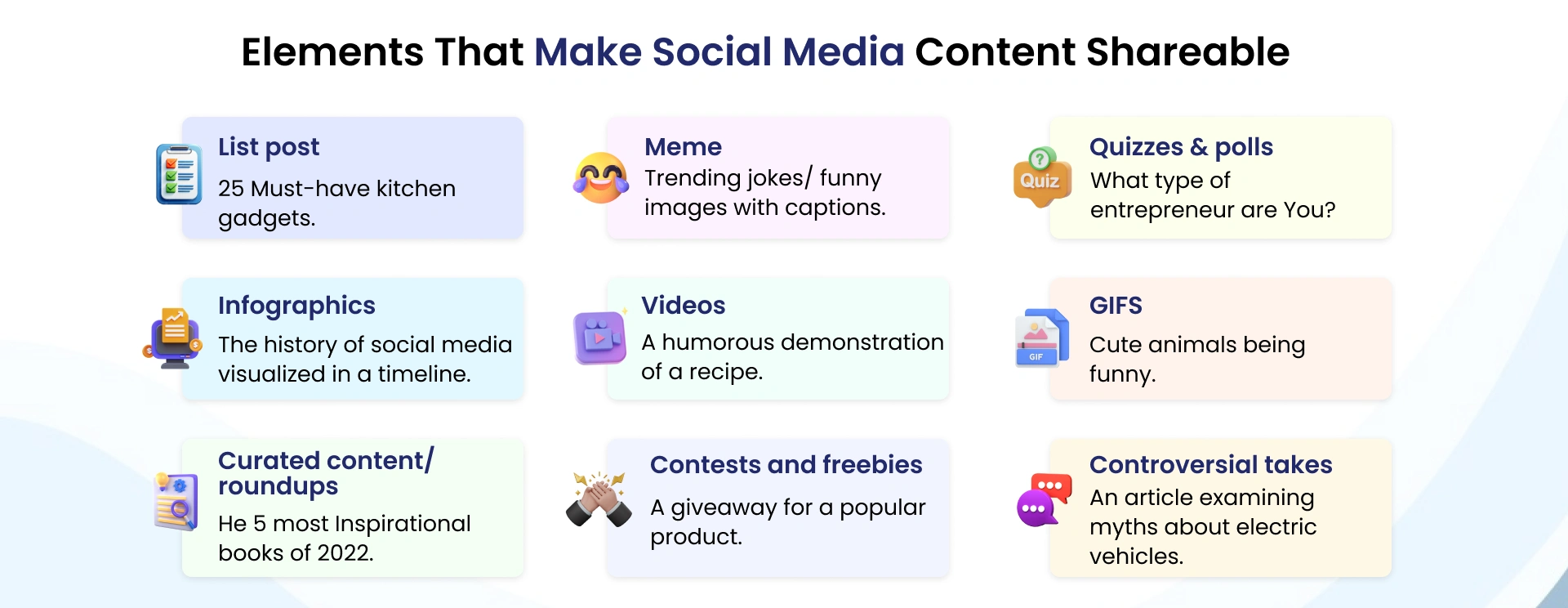
How to Make Your Content a Share Magnet:
1. Hook 'Em Early: Use scroll-stopping headlines, open loops (“You won’t believe #4…”), and strong visuals—your first impression is 80% of the game.
2. Keep It Snackable: Social media is a fast-food drive-thru. Use bullets, bolds, and emojis to break up long blocks of text. TL;DRs are your friend.
3. Add Emotion and value: Make people laugh, cry, or fist-bump their screens. Content that sparks emotion gets 2x more shares (BuzzSumo).
4. Include a CTA That Doesn’t Beg: “Share this with someone who needs it” is much better than “PLEASE SHARE, I’M DESPERATE 😭”
5. Optimize for Each Platform: What works on LinkedIn might flop on Instagram. Customize formats, tones, and dimensions like a social-savvy tailor.
Shareable content spreads your message far beyond your followers, like a well-timed meme during a viral moment. And if your post goes viral? Don’t forget us when you’re famous.
Hashtags and keywords play a significant role in expanding your content's reach. By using trending and relevant hashtags, you can increase the visibility of your posts beyond your current followers. This helps you attract new visitors to your social media pages, increasing the chances they will click through to your website. Research the best hashtags for your industry and use them strategically in your posts.
Social media is not just about posting content—it’s also about building relationships. Engage with your followers by responding to comments, asking questions, and joining conversations. Building an active, engaged community will encourage more people to visit your website to learn more about what you offer. Engaged users are likely to click on your posts and explore your site more deeply.
Whenever you publish a new blog post, video, or resource on your website, share it on your social media channels. This is an effective way to increase traffic to your website by bringing attention to fresh content. Use engaging headlines, eye-catching visuals, and a clear CTA to encourage people to click through and read more. Consistent social media promotion keeps your audience engaged and drives returning visitors to your site.
To get the most out of your social media marketing, you need to track the performance of your posts. Use platform analytics to monitor engagement rates, click-through rates, and the number of visitors coming from social media. This data will help you refine your strategy, understand what types of content resonate with your audience, and optimize your approach to increase website traffic.
If you’re seeking fast, reliable ways to increase traffic on a website, paid marketing can be a game-changer. With platforms like Google Ads, Facebook Ads, Instagram Ads, and more, paid marketing allows you to target your ideal audience and drive immediate, quality traffic to your site. Let’s dive into how to use paid marketing effectively to boost your website traffic.
To increase traffic to your website with paid marketing, you must know precisely who you’re targeting. Whether based on demographics, interests, behaviors, or location, defining your target audience helps ensure your ads reach the right people. The more relevant your ads are to your audience, the higher the chances of them clicking through and visiting your site.
Different platforms serve different purposes. If you're looking for broad exposure, Google Ads might be your best option, but if you want to target specific groups with detailed interests, Facebook or Instagram Ads can be more effective. Each platform has its strengths, so choose one that aligns with your goals and audience to increase traffic to your website more efficiently.

Facebook Ads allow businesses to reach highly targeted audiences through demographic, interest, and behavioral data. With multiple ad formats like image, video, carousel, and instant experiences, Facebook caters to brand awareness and direct response campaigns. The platform’s advanced analytics and A/B testing tools help refine strategies over time. Facebook Ads integrate seamlessly with Instagram, expanding reach. Small businesses to large enterprises benefit from its scalable options and powerful remarketing features. Whether promoting products, services, or content, Facebook Ads offer deep audience insights and a strong ROI when used strategically and creatively within a broader digital marketing mix.
Instagram Ads leverage visual storytelling to capture attention and drive engagement. With seamless integration into Facebook Ads Manager, advertisers can target audiences using rich data and behaviors. Ad formats include Stories, Reels, Photos, Videos, and Carousels, making it ideal for brands with strong visual content. Instagram’s younger demographic and influencer-driven culture make it a hotspot for lifestyle, fashion, beauty, and fitness brands. With precise CTA buttons, businesses can drive website traffic, app installs, or product sales. The platform supports advanced features like shopping tags, making it perfect for e-commerce. Engaging, creative content performs best on Instagram’s visually driven feed.
TikTok Ads offer a dynamic way to reach younger, highly engaged audiences through short-form, creative video content. The platform’s ad formats include In-Feed Ads, Branded Hashtag Challenges, and TopView Ads, which appear when users open the app. TikTok’s algorithm promotes viral content, allowing brands wide organic and paid reach. With precise targeting options, brands can reach niche audiences or broad segments. The platform excels in user-generated content and influencer collaborations. TikTok Ads are best suited for brands that embrace bold, entertaining, and trend-savvy messaging, making it ideal for driving awareness, engagement, and conversions in innovative ways.
LinkedIn Ads are designed for B2B marketing, helping businesses connect with professionals based on job title, industry, company size, and more. Ad formats include Sponsored Content, Message Ads, Dynamic Ads, and Text Ads. It’s ideal for promoting webinars, whitepapers, software, and high-ticket services. With a professional audience, LinkedIn supports account-based marketing and lead generation through LinkedIn Lead Gen Forms. While typically higher in cost per click than other platforms, the return is often stronger for B2B objectives. LinkedIn Ads are best suited for companies seeking thought leadership, recruitment, or industry-specific brand visibility in a professional, trust-building environment.
Your paid ads should stand out and compel users to click. Craft eye-catching headlines, use engaging visuals, and write copy that speaks directly to your audience’s needs or desires. To increase website traffic, your ads should always include a clear call to action (CTA). Whether it’s “Learn More,” “Shop Now,” or “Get Started,” a strong CTA encourages users to click and visit your website.
Paid marketing can be highly effective, but setting a budget that works for your business is essential. Start small, test different ads, and monitor which ones bring the most traffic to your website. Use analytics tools to track your return on investment (ROI) and ensure that your ad spend yields the desired results. Adjust your campaigns accordingly to maximize your budget and boost organic traffic.
Retargeting ads are a powerful way to increase traffic to your website by reaching out to users who visited your site but didn’t convert. With retargeting (also known as remarketing), you can remind these visitors of your products or content, encouraging them to return and complete their purchase or continue engaging with your site.
The beauty of paid marketing is the data it provides. Use analytics tools to see which ads drive the most traffic to your website. Monitor metrics like click-through rates (CTR), conversions, and bounce rates to optimize your campaigns. Experiment with different visuals, copy, and targeting strategies to maximize results and increase organic traffic.
You’ve probably heard the saying, “A home without a family is just a building.” Your website is much like a home. It needs visitors to bring it to life and give it purpose. Without traffic, even the most beautifully designed website is like an empty house: it exists, but it’s not truly serving its potential. No matter how great your content or design may be, if no one’s visiting, your site is like a lighthouse in the fog, there but lost in the distance and hard to find.
So why does website traffic matter so much? Well, if you're searching for ways to increase traffic on a website, chances are you’re looking for ways to attract more visitors, grow your audience, and ultimately drive results. Let’s break down why more traffic isn’t just a vanity metric; it’s the heartbeat of your online success.

Every new visitor is a potential customer, supporter, or loyal follower. More traffic means more chances to generate leads, make sales, or increase donations, whatever your website’s goal.
The more people visit your website, the more familiar they become with your brand. Over time, this builds trust, credibility, and authority in your industry, making people more likely to choose you over competitors.
More traffic isn’t just about numbers it directly impacts your bottom line. Whether you sell products, offer services, or rely on ads and sponsorships, more visitors mean more revenue opportunities.
Google loves websites that attract consistent, high-quality traffic. The more visitors engage with your content, the more search engines see your site as valuable, boosting your rankings and increasing organic traffic.
If your competitors invest in strategies to drive traffic, you can’t afford to be left behind. Increasing website traffic helps you stay relevant, visible, and competitive in your industry.
Growing your website traffic isn’t just about numbers. It’s about building a thriving online presence that fuels your business’s success. Now, let’s dive into the best strategies to increase website traffic and ensure you’re getting the visibility you deserve!
Increasing organic traffic to your website is more than just a numbers game; it’s about creating meaningful engagement, building brand authority, and turning visitors into loyal customers. Driving sustainable website traffic requires a strategic, data-driven approach, from SEO and content marketing to social media and email campaigns. By implementing the right tactics, you can enhance visibility, improve rankings, and drive consistent, high-quality traffic that fuels business growth.
However, effectively executing these strategies requires expertise, creativity, and technology. That’s where JanBask Digital Design comes in.
We specialize in SEO-driven, high-performing digital solutions that don’t just attract visitors but convert them into paying customers. Whether you need a complete website overhaul, a tailored content marketing strategy, or cutting-edge SEO optimization, our team ensures your website ranks higher, engages better, and drives real business results.
Ready to skyrocket your website traffic and maximize your online impact?
Get a free consultation with JanBask Digital Design today!
c
We are very grateful to you for this information and we hope that you will continue to give us such information.
J
Simple, clear advice that actually works. Highly recommend!
C
Great strategies for beginners and small businesses alike.